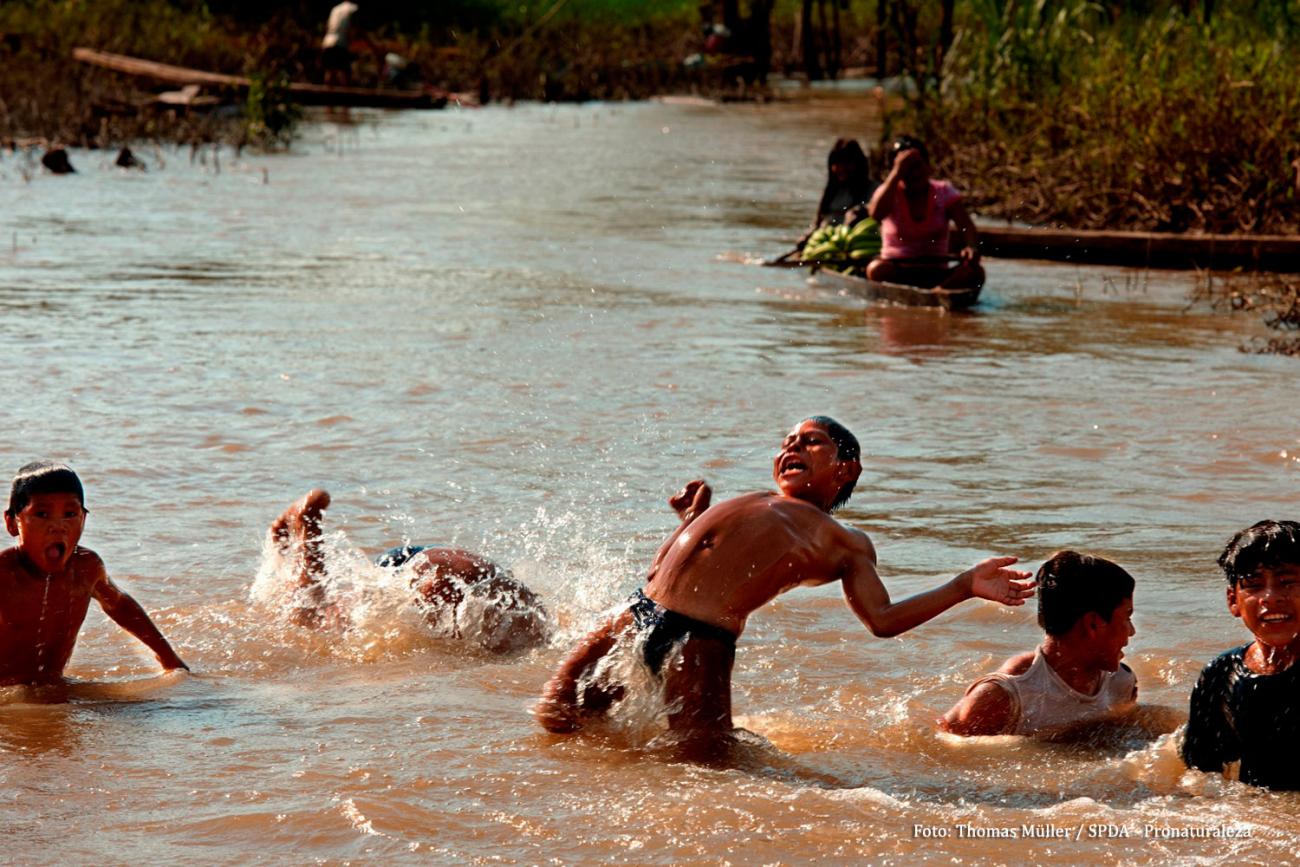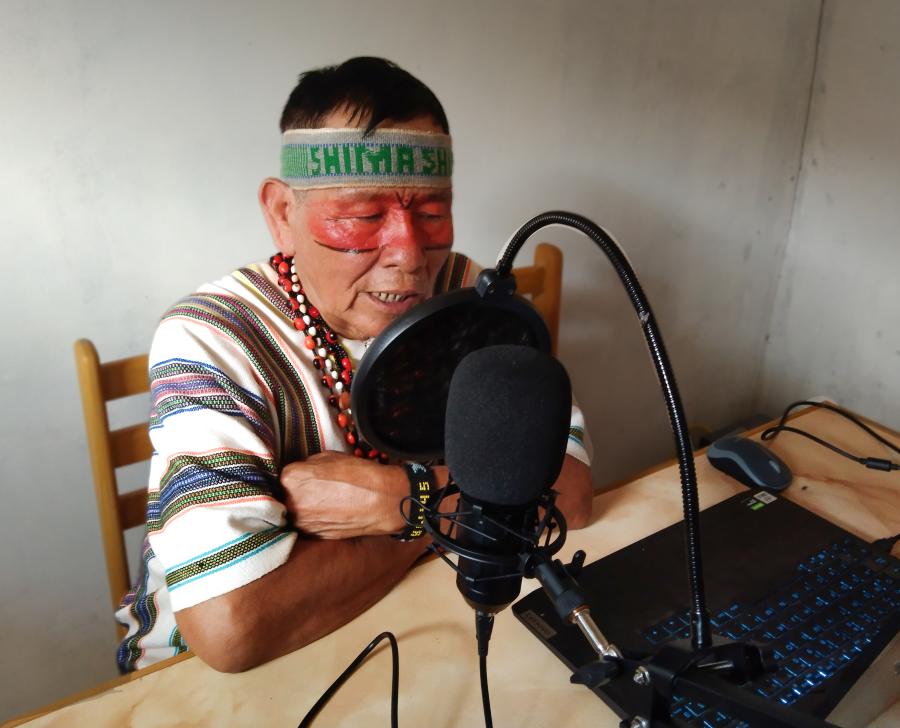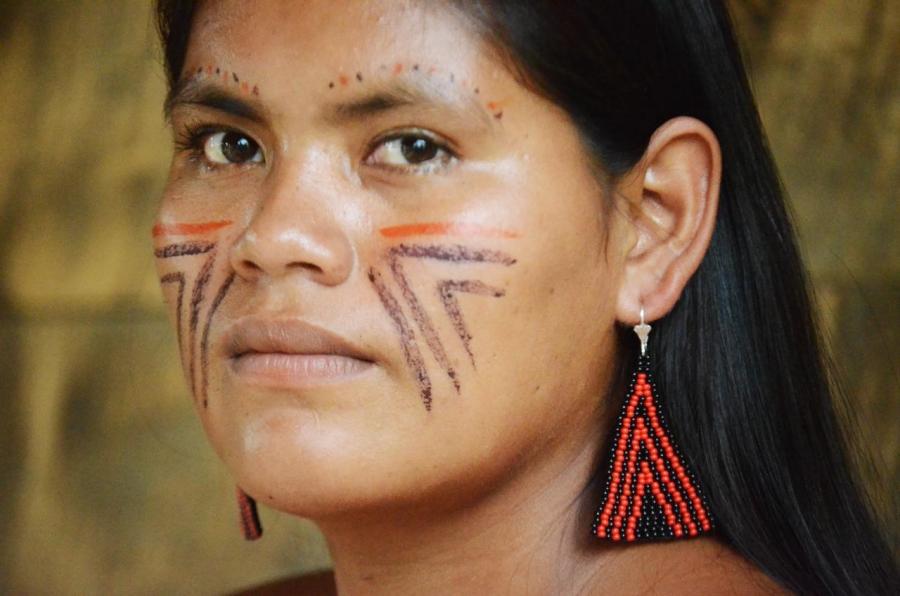
By Tristan Suarez
A recent decision by the court of Peru ruled that a particular section of the Amazon basin must be entirely exempt from any economic interference. As of January 23, 2020, Sierra del Divisor, a national park in Peru, will now be exempt from any drilling or ecological exploitation that it might have otherwise suffered. The majority of the region is above three large oil deposits and were licenses to be distributed, the entire region would have been systematically extracted and destroyed by oil companies. This event is the culmination of many decades of work and advocacy in the region and an unprecedented victory for Indigenous communities.
Oil exploitation has been endemic to the Peruvian economy for decades. Throughout the Amazon, countries with deposits of fossil fuels such as Brazil and Argentina have used their economic influence over world markets to buy power. Sweeping decisions on borders, land titles, and property value are ultimately ruled by the needs of the international oil and fossil fuel market. Peru has historically used their fossil fuel industry as a means of political demarcation and profit. In 2010, they became the first Amazonian nation to be an exporter of liquified natural gas . From 2001 to 2011, oil prices surged from twenty-three dollars a barrel to one hundred dollars. The Sierra deL Divisor was created in 2015 by the government of Peru to protect 1.4 million hectares of biodiversity. At the same time, prospectors and industry leaders were constantly seen within the territory using dynamite to search for oil deposits around the park. The bill passed on the 23rd of January shocked the oil industry in Peru, blocking what could have been an ecologically disastrous situation for the biological and social diversity of the area.
The price of Peruvian industry is Indigenous autonomy, health, and well-being and massive contamination and destruction of the Amazon. Peru has the largest population of Indigenous People in Amazon with some 4.4 million falling into around fifty one ethnicities. These Native groups live between the Andes Mountains and the southern tip of the Amazonian basin. They are organized into various federations using traditional governance structures through which they advocate for their rights and their lands with the Peruvian state. However, economic growth for the urban elite has been considered a federal interest above the rights and well-being of Indigenous citizens and their lands. and while the country has taken steps to liberalize, they also continue to exploit. Native people living in communities which produce oil often receive little or no redistribution of net profits from their labor. Even today as the Amazon burns, oil companies in the Basin continue to deforest and pollute waterways in Indigenous communities. Community members have no other choice than to eat contaminated food and drink, wash, and bathe in contaminated water. In 2016, Apus or Indigenous leaders from throughout Peru traveled to Lima to speak out about the conditions decades of oil mining have created. One Indigenous mother said the following, “We cannot avoid the contamination, and yet the oil spills continue to happen. The hydrocarbons, lead, and cadmium are in our bodies. I grew up in an era of contamination- I am contaminated. But I don’t want my children or my grandchildren to continue being contaminated. “We don’t have health services, and our children need adequate care.”
There have been, however, large legal victories secured in the wake of this large-scale ecological destruction. In 2011, Indigenous advocates won a landmark case in which prior and free consultation of Indigenous communities must be provided by corporate and federal agencies. This guarantees that Indigenous people within the country must be included in any dialogue concerning the distribution and exploitation of their territories and communal holdings. Beyond this, it led to many state sponsored programs cataloging ethnicities, documenting community concerns, forming groups to aid in clean ups of polluted territories. However, it has done little to stem the current and previous efforts of the government to propagate its own economic ends. For example, the catalogue of Indigenous ethnicities the state created failed to fully incorporate the Quechua peoples, which led to their exemption from dialogues with the Ministry of Energy and Mines.
Indigenous activists such as Alberto Pizango have worked to push laws through the Peruvian courts to protect Indigenous lands. He and others from many tribes such as Jose Fachin have been consistently threatened with violence and retribution by Peruvian police. In 2009, activists clashed with police over the construction of an oil drilling and mega development site in Bagua Grande. After fifty-six days of protest the police and protesters clashed killing twenty-four officers and an unknown number of protesters. Alberto Pizango was forced to flee the country as large scale violence began to escalate. In response to this, the Peruvian government produced laws protecting forests and ecological sites in the region. Even in the wake of the state’s protection of Sierra del Divisor, activists continue to be harassed by officers. The UN Special rapporteur on the situation of human rights defenders, Michel Forst, attended an event for activists on January 31st. There Indigenous leaders and legal advisors talked about the oppression they’ve suffered under the Peruvian state. Jose Fachin, a prominent activist and member of the Quechua people, said the following: “After 50 years of oil activity, in the case of Loreto, which has done a lot of damage to the Peruvian Amazon, we want to decide what happens in our territory, but also look for ways to prevent and protect the leaders, lawyers and allies that they have suffered discredit, intimidation among other accusations for devoting themselves to defending our brothers and sisters.”
One of the lawyers responsible for the protection of the Sierra del Divisor, Martiza Quispe, has an extensive record of defending Indigenous land rights. In May of 2019, she and Miguel Barboza Lopez opposed the construction of the Chadin 2 Hydroelectric Power Plant in Cajamarca. They argued successfully that the grounds to build the plant on the Maranon river were unjustifiable. Firstly, no consultation was done with any peasant or local Awajun community by either the state or the companies responsible. Secondly, she argued that the state made no real considerations on the environmental impacts such a plant would pose to the surrounding environment. “Likewise, it should be noted that said project with or without its execution is within the portfolio of projects of the Peruvian State, so it does not take into account the serious effects that construction can generate, as happened in the countries of Brazil , Colombia and Laos”. Using other countries as a metric for ecological destruction, Martiza opposed the construction of the plant as both an Indigenous and national interest. Similarly in October of 2019, she appeared as a speaker on Indigenous and ecological rights at a talk in the city of Abancay. There she spoke with similar experts on issues pertaining to oil drilling and deforestation. “There is a need to apply two fundamental principles established in environmental law: prevention and precaution. Otherwise, the history of contamination in mining areas by extractive activities will be repeated. Likewise, it is essential to remind the State that, in accordance with article 7 of ILO Convention 19, indigenous peoples have the right to decide their own development models, insofar as it affects their lives, beliefs and institutions.”
Photo: Sierra del Divisor by Ministerio del Ambiente.



